Market forecasting is an essential tool for investors, businesses, and policymakers seeking insights into the future of financial markets, industries, and economies. It involves analyzing historical data, identifying patterns, and using various methodologies to anticipate potential trends and outcomes.
While it is not an exact science, market forecasting plays a crucial role in decision-making, risk management, and strategic planning. In this article, we delve into the world of market prediction perspectives, exploring its methods, challenges, and significance in navigating the complex landscape of modern markets.
The Art and Science of Market Forecasting:
Market forecasting is a blend of art and science. It requires a deep understanding of economic principles, financial dynamics, and industry-specific factors. It also calls for an intuitive sense of market sentiment and behavioral psychology.
Seasoned analysts employ a diverse toolkit of techniques to generate predictions, including technical analysis, fundamental analysis, and statistical models.
Technical Analysis:
Technical analysis is a widely used approach in market forecasting that examines historical price charts and trading volumes to identify patterns and trends.
Chartists look for recurring shapes, such as head and shoulders, double tops, or moving averages, to predict future price movements.
The goal is to spot trends and inflection points that can help investors make informed trading decisions.
Fundamental Analysis:
Fundamental analysis, on the other hand, focuses on examining the intrinsic value of an asset or security. Analysts scrutinize financial statements, earnings reports, industry trends, and macroeconomic indicators to assess the health and prospects of a company or market. By comparing the fundamental value to the current market price, analysts can gauge whether an asset is overvalued or undervalued.
Statistical Models:
Statistical models are another powerful tool in market forecasting. Regression analysis, time series models, and machine learning algorithms are used to identify correlations between variables and project future trends. These models can process vast amounts of data and recognize complex patterns that might elude human analysts.
Challenges in Market Forecasting:
While market forecasting offers valuable insights, it is not without challenges. The inherent unpredictability of financial markets makes it difficult to account for all factors that may influence prices. Unforeseen events, such as natural disasters, geopolitical crises, or technological disruptions, can significantly impact market dynamics.
Moreover, human behavior adds an element of unpredictability to markets. Emotions, fear, and irrational exuberance can lead to market bubbles or panics, making it challenging to accurately predict short-term price movements.
The Role of Big Data and AI:
With the advent of big data and artificial intelligence (AI), market forecasting has entered a new era. AI-driven algorithms can process vast amounts of data from diverse sources, providing real-time insights and improving forecasting accuracy. Sentiment analysis of social media, news articles, and other unstructured data can offer valuable indications of market sentiment and trends.
The Significance of Market Forecasting:
Market forecasting holds immense significance for various stakeholders:
Investors: Investors rely on market forecasts to allocate their portfolios effectively, minimize risks, and identify growth opportunities.
Businesses: Businesses use market forecasts to plan production, inventory management, and expansion strategies. Forecasting demand helps optimize resources and respond to changing market conditions.
Policymakers: Governments and policymakers use market forecasts to make informed decisions on economic policies, fiscal measures, and trade regulations.
Risk Management: Market forecasting is instrumental in risk management strategies. Financial institutions use forecasts to hedge against potential market downturns or volatility.
Strategic Planning: Market forecasts play a pivotal role in strategic planning, guiding long-term decisions and business growth trajectories.
Conclusion:
Market forecasting remains an indispensable tool in understanding the complexities of financial markets and economies. While not infallible, it provides valuable insights that help investors, businesses, and policymakers make informed decisions and navigate uncertainties. As the technology blog continues to advance, the market prediction will evolve, leveraging big data, AI, and machine learning to unlock even deeper insights. However, it is essential to recognize that market prediction is just one of the many tools in the arsenal of decision-makers, and prudent judgment and adaptability remain key in the dynamic world of markets. By harnessing the power of market forecasting responsibly, individuals and institutions can better navigate the ever-changing terrain of global economies and financial systems.
As we approach a conclusion with our review of Finbiz Tech growing financial technology environment, keep in mind that innovation is the compass pointing us in the direction of a financial future powered by technology.








